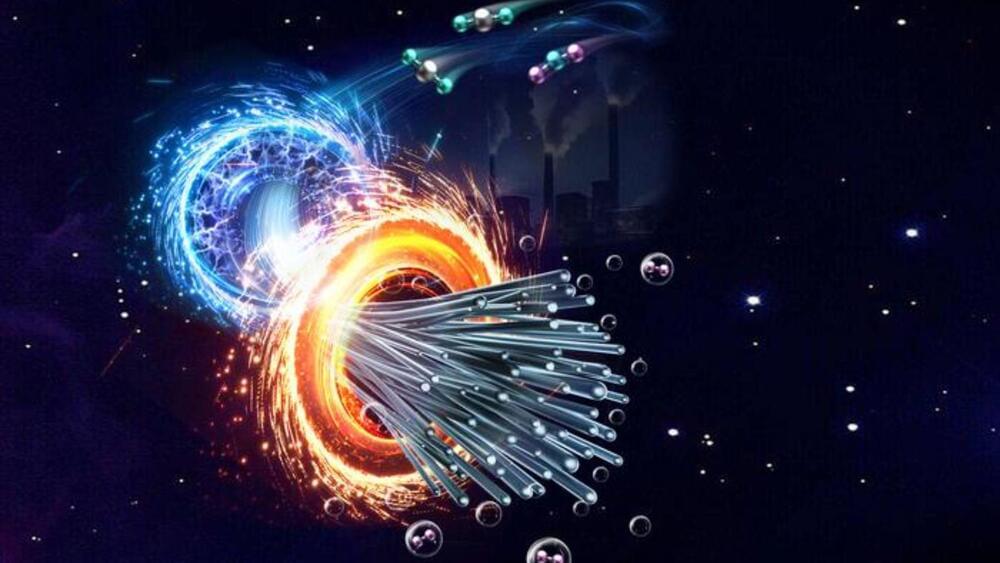The two-step process also produces hydrogen gas as a by-product, which could also be used as a zero-emission fuel.
“We are looking at active sites and how these sites are bonding with the reaction intermediates,” said Ping Liu of Brookhaven’s Chemistry Division. “By determining the barriers, or transition states, from one step to another, we learn exactly how the catalyst is functioning during the reaction.”
The researchers found that the iron-cobalt alloy works sequentially in the second stage and gets pushed to the side as the nanofiber grows. Using this information, the team could leach the catalysts using acid and reuse them again. If the entire process could be fueled by renewable energy, the process would be a carbon-negative approach to CO2 mitigation.
The research findings were published in the journal Nature Catalysis.
